Gilmour Space plans to send Aussies into space by 2030
27th Sep 2021
Gilmour Space Technologies is working hard to put Australia on the Space Sector map within this decade by raising funds to develop an in-house spacecraft. The catch is that each ticket will cost roughly 3 million dollars.
Gilmour Space Technologies wants to make Australia a major space player
Gilmour Space Technologies has some big dreams for its home country of Australia. Founded by brothers Adam and James Gilmour in 2013, this family-run rocket company has been around the block. Gilmour Space signed a ‘Space Act’ agreement with NASA in 2018, which entitled them to do research, create education initiatives and develop new technologies for the advancement of the Space Sector. They’ve also developed and tested their own Hybrid Rocket engine.
Now, Gilmour Space claims that if their company is adequately backed, they could provide civilian space flight from Australian soil as early as 2030. In an interview with Daily Mail Australia, Adam Gilmour expressed his excitement about the idea of launching a human space flight by 2030.
Australians to take space flight – for a price
While Gilmour Space has quite the ambition, there are a few hoops to go through before the people of Australia can travel through space. Adam Gilmour predicts that the price per entry for a lower earth orbit tour would be around $3 million. The current price per entry is roughly $20 million.
Under current calculations, Gilmour Space Technologies thinks that they can fund the mission for as low as $320 million, which is about a tenth of current costs. It would take about $250 million to develop the rocket and $50 million to develop the passenger capsule. Add $20-$30 million for testing, and you’ve got a functional Australian rocket and launcher that will be available to both professional astronauts and civilians.
Gilmour Space Technologies claims that launching humans into space is a good way to spend taxpayer money since it adds to ‘the highest technical achievement’ in human history.
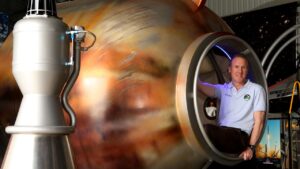
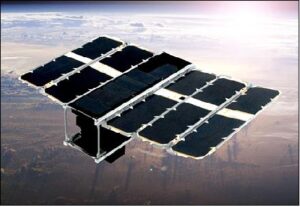
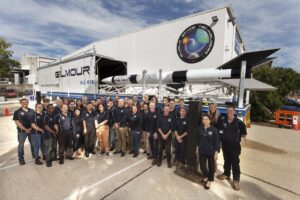
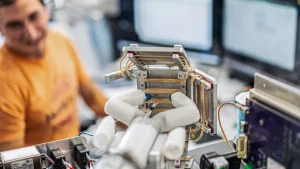

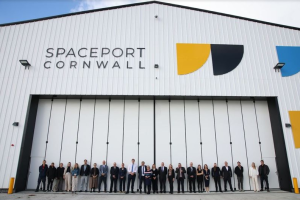
Thank you for your comment! It will be visible on the site after moderation.